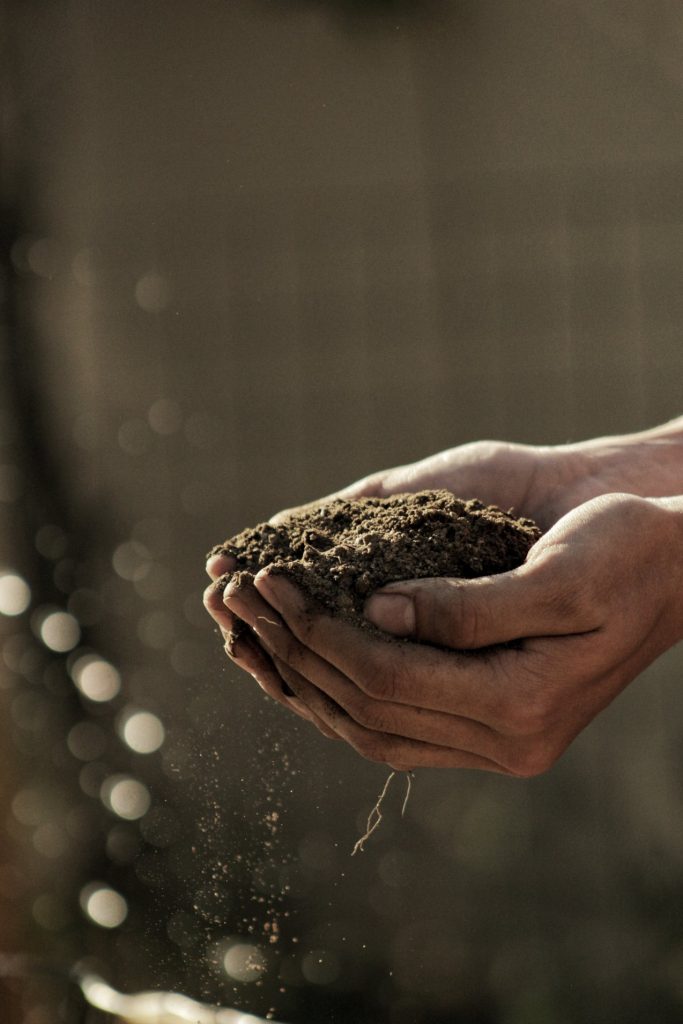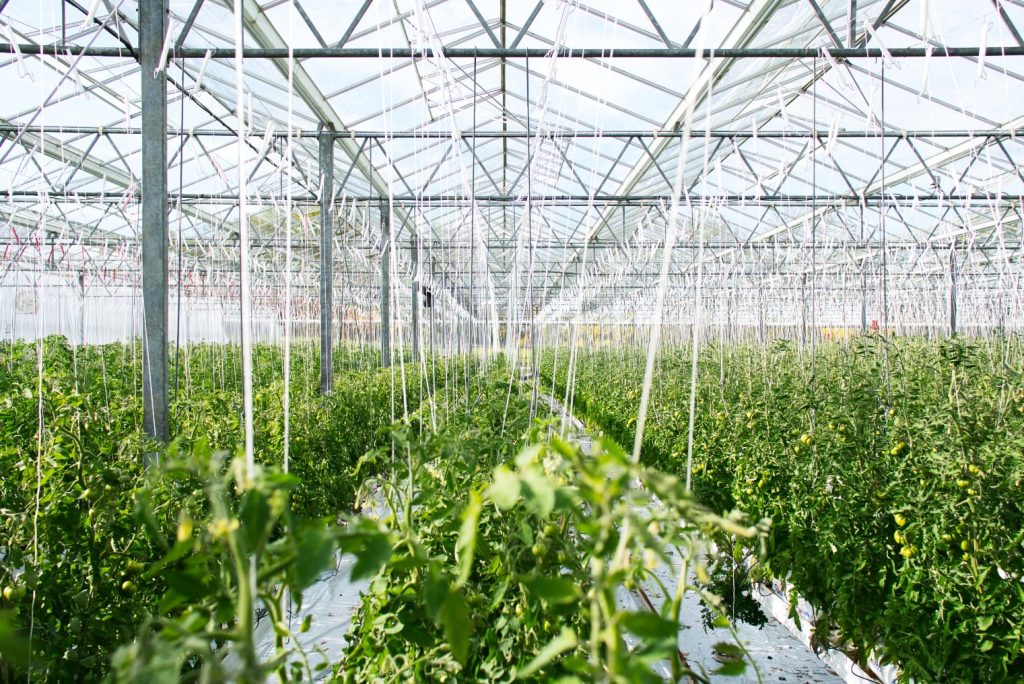USA Patent No.:US 10, 160, 692 B2 – RSA Patent.: 2016/06515
A world first has been achieved in South Africa this technology has revolutionized the way we view micronutrients in two aspects:
Technical Revolution:
A major breakthrough, in that we have developed the technology to coat up to six 100% water-soluble micronutrients onto the outside of NPK, MAP, Urea and seed to up to 3-4% by weight of 30/40kg per ton.
This means for the first time, micronutrients are accessible by grain producers, raw crop and cereals like maize, wheat, rice, sunflowers and soya.
Economic Revolution:
With as little as 1.25% input cost (as % of maize crop value per hectare), the farmer can realistically expect between 5-12% yield improvement. Product differentiation and margin enhancement are just some of the obvious strategic benefits.
Range of Exposure:
Drip Irrigation, Pivot irrigation, Hydroponics, Fertigation and coating of NPK and MAP.
Unexplored Applications : Pharmaceutical, Animal feed and much more.
Our Patented technology allows us to have up to 20 combinations of micronutrient coating that can be tailored to your specific requirements as a value addition to any fertilizer range.
We used a combination of .5% Zn + .5% B / 1% Zn, 1%B as a coating for specialized fertilizer. Our composition consists of Zn, B, Fe, Cu and Mn.
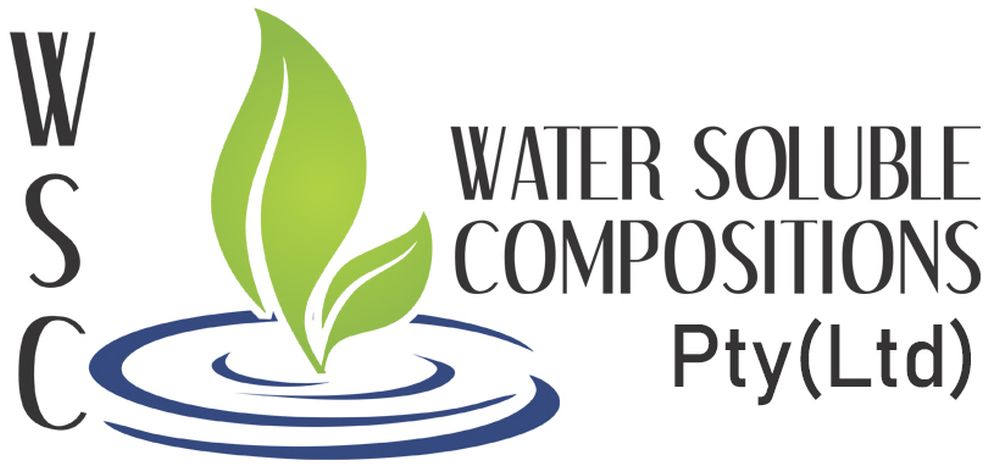

Water Soluble Compositions (PTY)LTD.
Coating of fertilisers with micronutrients is the way of the future

A world first has been achieved in South Africa, with the ability to coat water soluble micronutrients onto NPK and MAP fertilisers. This technological breakthrough allows farmers to effectively administer much needed micronutrients to the soil, without having to alter his farming practice.
Never before was it possible to correct micronutrient deficiencies in their soil with hassle free, cost effective, single application products or process. Now it is possible. Micronutrients applies in sulphates and chelate forms are the optimal agronomical solutions to correct micronutrient deficiencies. However, it has never been easy to apply such a product as a normal part of farming practice either during or before the planting season. These products are usually supplied in crystal or pelletised forms.
Due to their fineness, crystals cannot be blended separately with NPK, because the fine particles will separate from the large pellets in the planter box. Consistent application in the soil will not be possible using crystals or powders.
Blending pelletised inputs into NPK fertilisers has been common practise for some time. However, this has been hampered by one main shortcoming. The zinc sulphate pellets (for example) may be diluted 1:100 or 1:200 NPK pellets. Thus, when applied to the soil, the micronutrient pellets are dispersed over a large area.
This means that the essential nutrients may not necessarily be available at the root zone of the germinating seed where it is needed. Blending zinc oxide into the bulk blender or chemical compound mixture also has its drawbacks. As soon as the fertiliser pellet comes into contact with water, the phosphorus (P) inside the NPK blend reacts chemically with the zinc oxide and converts it into zinc phosphate. The problem with zinc phosphate is that it is even more insoluble than zinc oxide and therefore even less available to the plant.
Coating the micronutrients onto the fertiliser pellets would be the best practical solution of all. But coating with fully water-soluble micronutrients is easier said than done. Coating with an insoluble source such as zinc oxide isn’t too difficult, but bioavailability to the plant is not ideal.
At germination, the plant requires the nutrients immediately in a soluble form. When you try to coat water-soluble materials using any type of bonding agent, you are confronted with a few dilemmas. Most bonding agents contain water which would dissolve the materials that are being adhered to.
Furthermore, various chemicals reactions occur, which causes caking dissolution of the NPK/MAP pellets and the degradation of the overall product. Also, adhesion success may only be temporary, and micronutrients may detach within a short time.


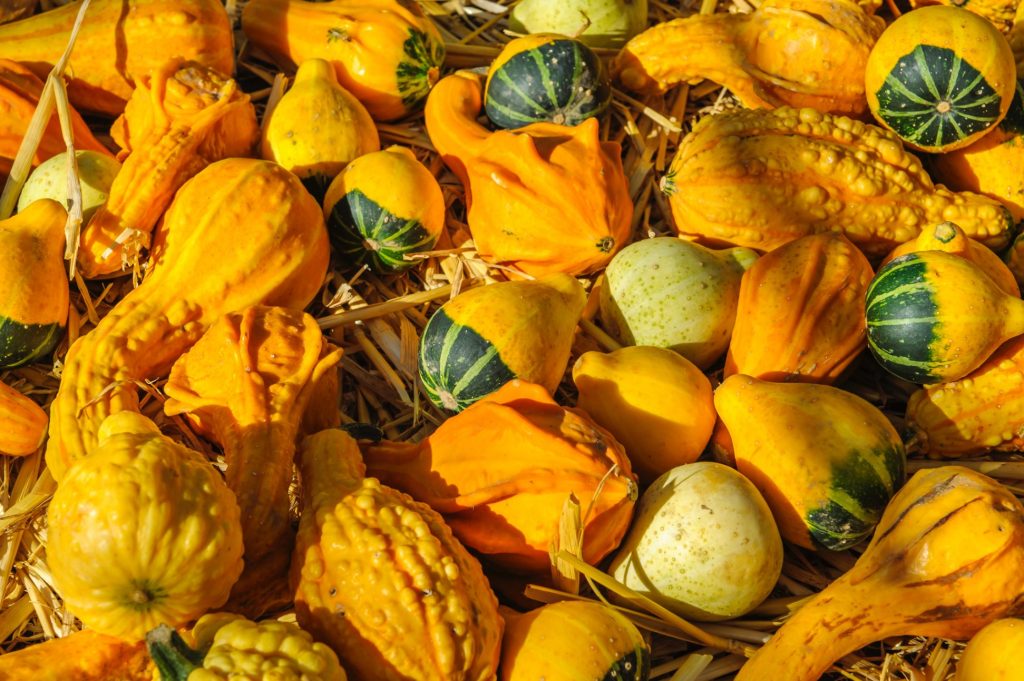
Questions?
Ask Us
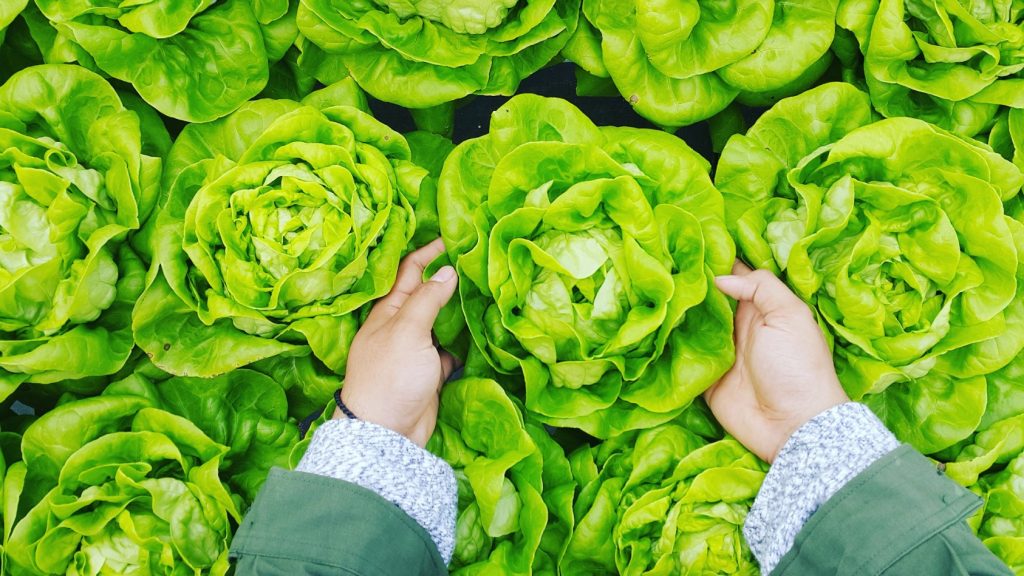
We Offer
- Combined micronised, 100% soluble micronutrients of Zinc (Zn), Iron (Fe), Manganese (Mn), Boron (B), Copper (Cu), and Molybdenum (Mo);
- Allowing them to be coated onto a fertilizer/seed with a natural binder;
- Single process
